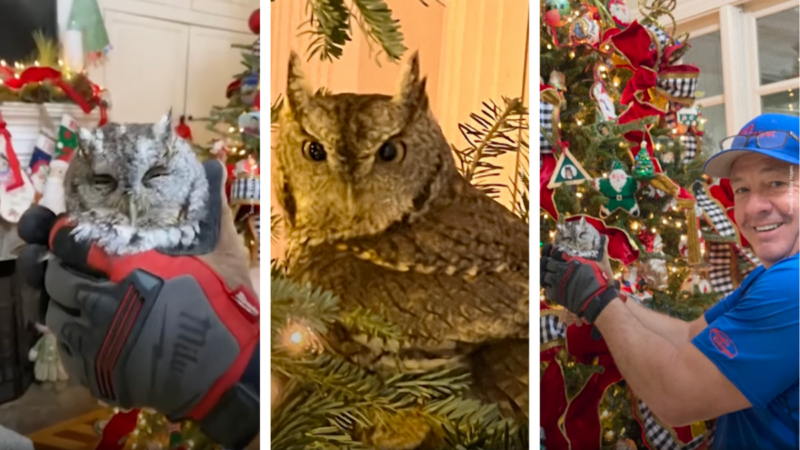Tips to attract bluebirds to your yard

If you’re looking to add a splash of color, song and some extra happiness to your backyard, consider inviting bluebirds to your yard.
Eastern bluebirds live in the United States east of the Rocky Mountains, in parts of Southeastern Canada and in Mexico’s central mountain ranges. Western bluebirds live in California, the Pacific Northwest and parts of the Southwest and Mexico, while mountain bluebirds can be found west of the Great Plains from Mexico to Alaska.
These vibrant birds bring life and beauty to any yard, and you can create a safe haven for them by providing the appropriate food and shelter.
Bluebirds are primarily insectivores, which means they feed on insects such as grasshoppers, caterpillars, beetles and crickets. However, they also enjoy eating fruits like wild berries and other foods, especially in colder months when insects are harder to find.
To attract bluebirds to your yard, ensure plenty of food is available. Plant native shrubs and trees that produce fruit for the birds to eat. Mealworms are a great source of protein for them and can be offered live or dried. Insect suet blends are also a great way to supplement their diet during the winter when insects are scarce.
Fruits like apples and grapes should be cut into small pieces so the birds can easily eat them, while berries can be whole or diced. Softened dried fruits are a great source of energy for them. Peanut butter or bird dough is also very appealing for these birds and is rich in protein. Sunflower seed hearts and chopped shelled peanuts are other items that bluebirds love to feed on. And eggshells can also be put out to provide extra calcium during the nesting season.
Depending on where you live, you might not see bluebirds in winter. Eastern bluebirds living in the northern regions of the U.S. migrate south; mountain bluebirds also head south. Western bluebirds are more likely to be year-round residents, but some also seek out warmer climes in winter.
Eastern bluebirds are a socially monogamous species, meaning that they form pair bonds with one mate for life. You can provide nesting sites for them and watch their families grow. To do so, place nest boxes in open areas, and away from trees and bushes. Ensure the boxes are placed at least five feet off the ground and have an entrance hole that’s 1.5 inches wide. Bluebirds prefer boxes with slanted roofs and drainage holes at the bottom.
Mountain bluebirds tend to prefer open spaces and remote nests, to avoid competition with other bluebirds and starlings. If you live near open spaces or have a large property in the Mountain West, however, offering access to bluebird boxes on your land is a great way to support these vibrant birds.
Western bluebirds also appreciate nest boxes, as well as holes in dead trees they can nest in. If you’re handy, you can build your own nest box for your feathered friends.
Bluebirds are beautiful and enchanting birds to have in your yard. By providing a variety of food options and a place to call home, you will have a greater chance of having these beautiful creatures in your yard. You will be able to admire their beauty from close up and enjoy their melodic songs throughout the day.







